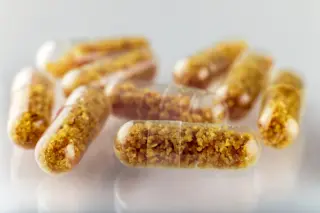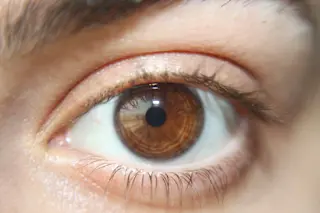When William McDonough and other pioneers of the sustainable architecture movement first envisioned the concept of living, breathing buildings, it's safe to say that they probably didn't have structures teeming with actual living, breathing bacteria in mind. But don't tell that to Henk Jonkers of Delft University of Technology in the Netherlands. What he and his colleagues have developed—a self-fixing bacteria-concrete hybrid—may do more to propel sustainable architecture into the mainstream than McDonough could have ever hoped for. While it may sound unheard of, scientists have been pressing bacteria into service in construction for years. The use of mineral-producing bacteria has already been explored in a variety of applications, including the hardening of sand and in repairing cracks in concrete. But there are two problems inherent to this approach. First, the reaction that these bacteria undergo to synthesize calcium carbonate results in the production of ammonium, which is toxic at ...
Concrete + Extremophile Bacteria = Walls That Repair Themselves
Discover how the self-fixing bacteria-concrete hybrid revolutionizes sustainable architecture with climate benefits.
More on Discover
Stay Curious
SubscribeTo The Magazine
Save up to 40% off the cover price when you subscribe to Discover magazine.
Subscribe













